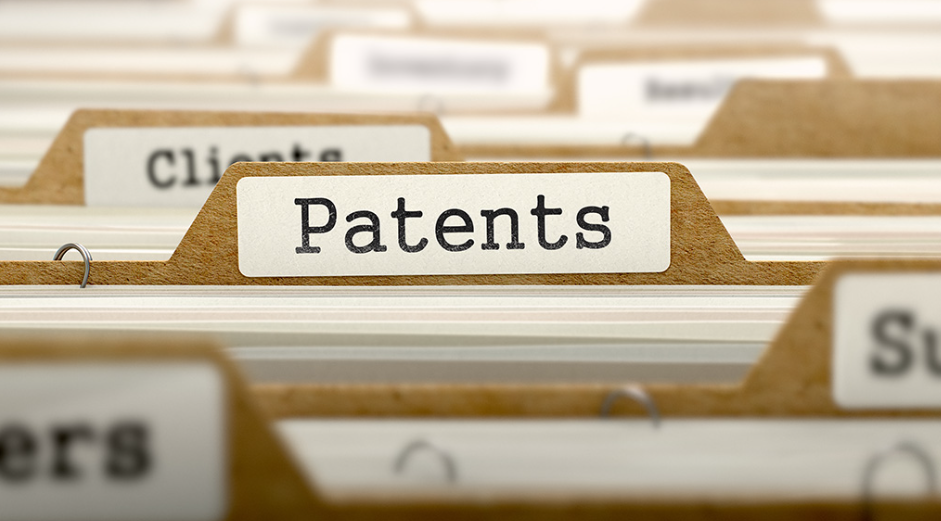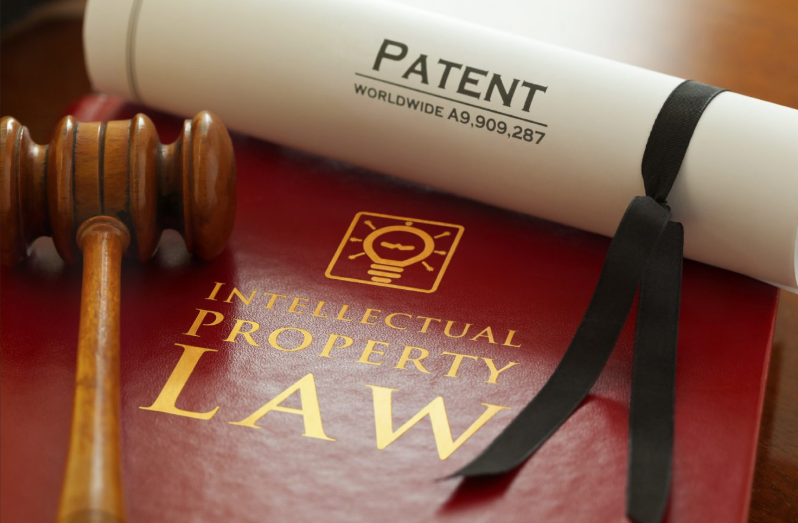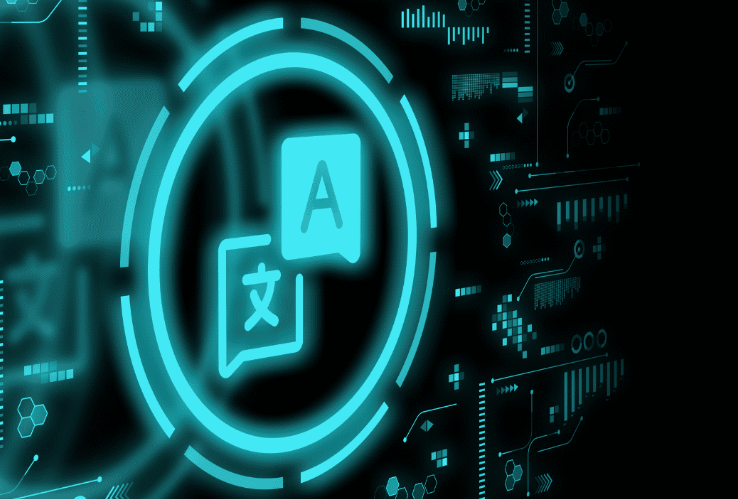For businesses aiming to successfully take their technological innovations abroad, they must first tackle the following four core challenges.

1. Four Core Challenges in Foreign Patent Translation
- Complexity of Legal Terminology and Country-Specific Differences: Patent language is highly legal in nature. Patent laws and examination practices vary significantly from country to country. If translators lack a deep understanding of the legal background of the target country, they may mistranslate key legal concepts or procedural terms.
- Variability of Technical Terms and the Need for Consistency: The same technical concept may be expressed using different terminology across countries and industries. Translators without deep expertise in the relevant field may struggle to ensure accuracy in terminology and consistency across applications in multiple countries. Additionally, errors in unit conversion or ambiguous descriptions of principles can substantively alter the technical solution, weakening its protection.
- Cultural Differences and Hidden Risks: Certain concepts or expressions that are clear in the source language may cause ambiguity or be unacceptable when translated directly into the target language. If cultural acceptance and linguistic habits are overlooked, it may lead to misunderstandings by examiners or judges regarding the technical solution or scope of claims, thus impacting the patent’s validity and enforceability.
- Stringent Format and Normative Requirements: Patent documents are subject to strict requirements regarding format, layout, and figure labeling. Any deviation from the required format or failure to adhere to norms during translation may lead to non-compliance with formal requirements, resulting in delays for corrections or even direct rejection of the application.

2. Systematic Process to Overcome Patent Translation Challenges
Accurate Technical Conversion
The foundation of accurate technical conversion in patent translation relies on professional translators with a strong background in the relevant field, ensuring a deep understanding of the technology and innovation. Building on this, strict adherence to international standards and utilizing a dynamically updated specialized terminology database are key to achieving accurate translations and maintaining consistency across different versions of related patents.
Additionally, technical parameters, calculation formulas, and unit conversions must be error-free, and descriptions of principles should be clear and unambiguous. Any error can distort the core technological solution in cross-border protection, directly affecting the definition of the patent’s scope.Legal Rigor Review
The core of legal rigor review is ensuring that the patent document, particularly the claims, is precisely worded and legally valid. The review is carried out by experts familiar with the patent laws of the target country, focusing on the precise definition of claim scope, logical consistency, and compliance with key legal terms and procedural expressions to avoid impacting the claim’s scope. Additionally, file format, paragraph structure, headings, and figure labeling must be thoroughly checked to meet the requirements of the target country’s patent office.

Native Language Final Review and Cultural Adaptation
To ensure the translation aligns with the target language’s norms and is easily understood by local examiners, this phase involves a final review by a native speaker with relevant professional expertise. The focus is not only on polishing the language for fluency and conformity but also on adjusting expressions to eliminate potential ambiguities arising from cultural differences, thereby significantly enhancing the text’s acceptability and professional authority in the target context.
Multi-layered Quality Control and Continuous Optimization
- Dual Proofreading Mechanism: Key stages involve dual proofreading to maximize error detection.
- Technical Tool Support: Efficient use of Computer-Assisted Translation (CAT) tools ensures precise terminology database usage, consistency across project terms, and improved translation efficiency.
- Knowledge Iteration and Updates: Continuous tracking of updates in patent laws, technological developments, and examination case studies, combined with regular training and exchanges, helps enhance the translators’ expertise.

3. Strategic Leverage and Risk Mitigation in International Patent Positioning
Professional translation is not merely an expense but a strategic investment that ensures successful international patent positioning and risk avoidance. High-quality translations reduce the need for amendments during patent examination, ensuring smooth progression of PCT applications into the target country phase and accelerating market access. On the other hand, poor-quality translations may lead to delays or rejections, with the time and opportunity costs far outweighing the translation fees. More importantly, translation quality directly influences the clarity with which the patent’s protection scope is defined, serving as a core basis for evaluating commercial activities like technology licensing and mergers and acquisitions. It also guarantees the commercial potential of innovations in the global market.About Glodom:
Shenzhen Glodom Technology Co., Ltd. is an innovative provider of language technology solutions, focusing on intellectual property, ICT, life sciences, gaming, and finance. We offer three main service modules: language services, big data services, and AI technology applications.
Headquartered in Shenzhen, Glodom has branches in Beijing, Shanghai, Hefei, Chengdu, Xi'an, Hong Kong, and Cambridge, UK. Glodom provides one-stop multilingual solutions to numerous Fortune 500 companies and well-known domestic enterprises, establishing long-term, stable cooperation.


